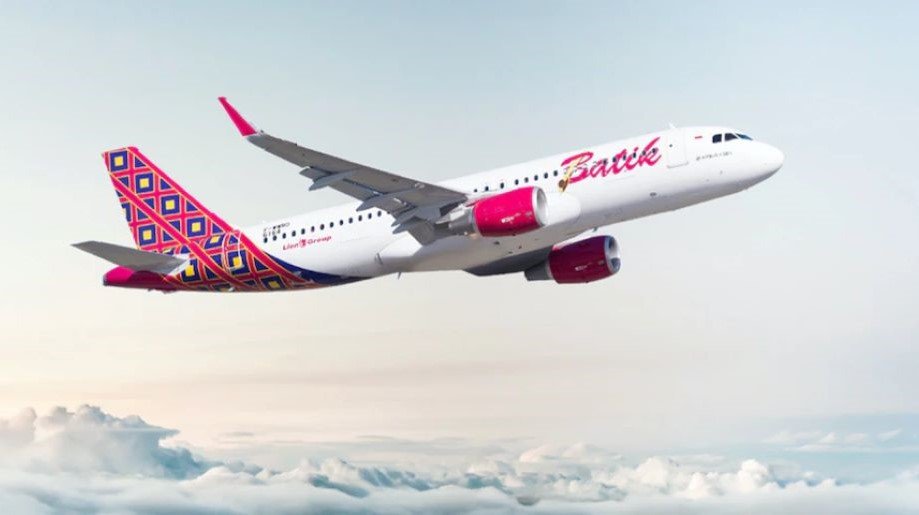Though the approval of the COVID-19 vaccine renewed hope for citizens around the world, new travel requirements announced by US authorities have grown stricter. The Centers for Disease Control and Prevention (CDC) announced that all international travelers arriving to the United States must present a negative COVID-19 test. This new measure goes into effect on January 26, 2021 and also impacts US citizens returning from abroad.
In a statement released by the CDC, director Dr. Robert R. Redfield emphasized that testing alone cannot “eliminate all risk,” and urged travelers to continue wearing masks, follow social distancing measures, and respect quarantine guidelines.
How will these measures be enforced? Airlines will check for passenger’s proof of either a negative COVID test result or proof of recent recovery from the virus, and can deny boarding if documentation isn’t in order.
What to Do if You Test Positive for COVID-19 and Can’t Re-Enter the US
The Rules
The CDC’s full travel policy recommends that any trip start and end with testing. Passengers on inbound flights to the United States (and connecting flights through the US) will need to take a COVID test within the three days before their plane departs.
A negative test result doesn’t mean you are 100% not infected, nor does it prevent you from contracting the virus before your flight departs. It’s best to self-quarantine between the time you get tested and when you plan to leave to minimize the chance of posterior contagion.
Tests are mandated, but what about quarantine? CDC spokeswoman Jasmine Reed said the agency does not require that international travelers undergo a compulsory federal quarantine. However, travelers are strongly encouraged to get re-tested three to five days after arrival. Even if this initial test is negative, it’s recommended they limit movements and social interactions for at least one week following travel.
Plan Ahead
An ounce of prevention is worth a pound of cure. Planning is key and having different viable alternatives, essential. International travelers should leave a buffer zone for unexpected quarantine windows. Travel insurance that includes comprehensive COVID-19 scenarios is a must. For example, if you are hospitalized, does your policy include medical transport?
You’ll need to present either a negative test or proof of recovery in order to travel home. If you’re visiting a destination with visa requirements for US citizens, look into what your options are if quarantine extends beyond the legally established limit. When in doubt, contact the local US Embassy for guidance.
Dealing with Airlines
Some airlines have started to offer COVID-19 insurance, which is typically included directly in the fare. If you haven’t already booked a trip, consider researching which airlines that service your destination offer this perk. Consult the complete list of airlines that offer free COVID-19 travel insurance and fly with confidence.
Most major international airlines have eliminated all change fees and penalties, providing extra peace of mind in the case of last-minute adjustments. These policies typically don’t cover no-shows, so the minute you know you can’t travel, contact the airline immediately.
Long Story Short
If you happen to test positive for COVID-19 before returning to the United States while abroad, you’re going to have to wait it out. Only once you can show proof of recovery or a negative test will you be permitted to board your flight and return home. If it starts to feel stressful (understandable!), remember to stick to your plan, stay informed, and lean on information resources for support.
Double check with your airline before you fly, make sure your travel insurance covers COVID-19, and keep relevant contact information handy. If you test positive, try to stay as calm as you can and follow your plan. Hopefully you’ll receive a clean bill of health and be on your way home in no time.

